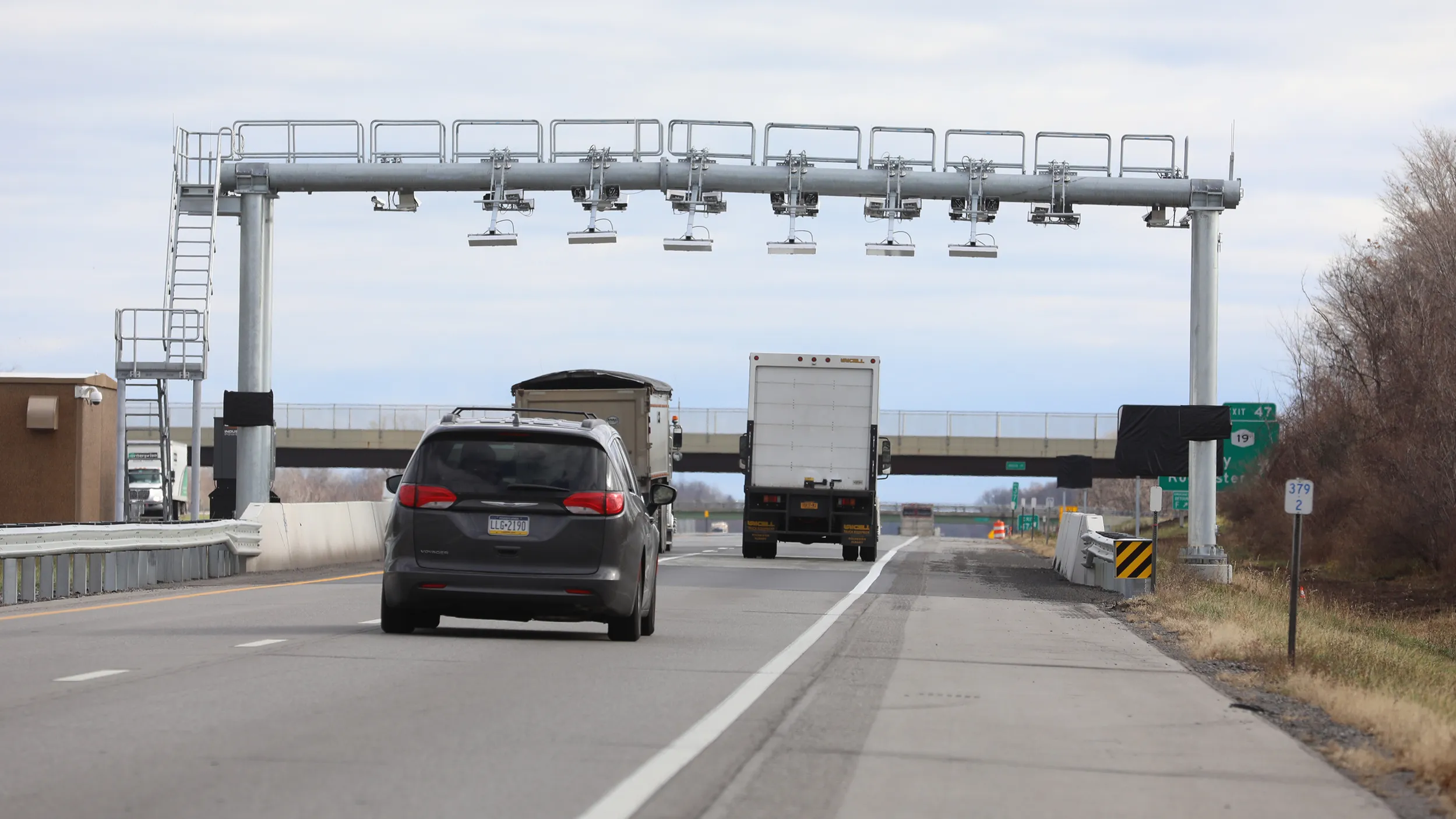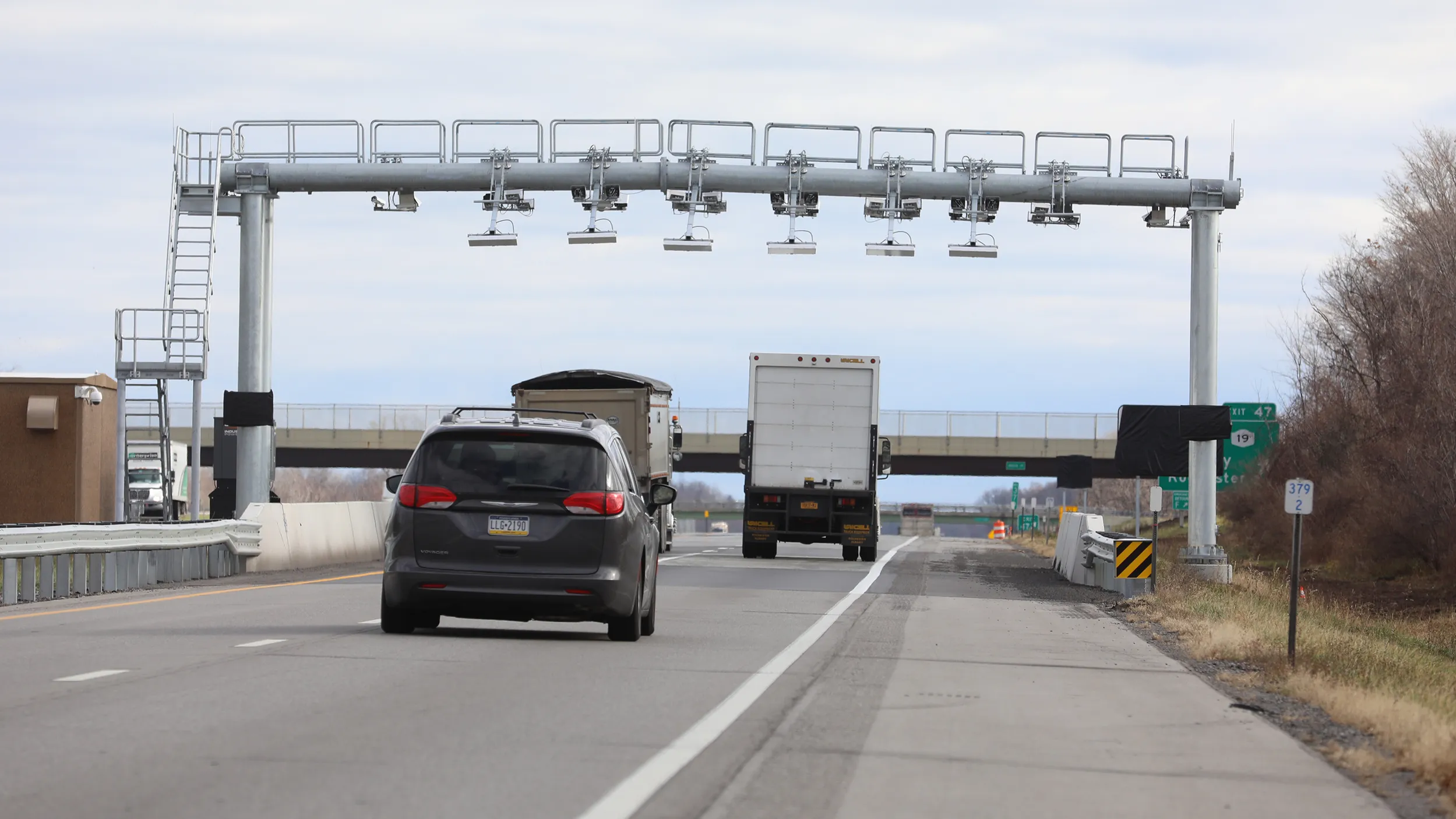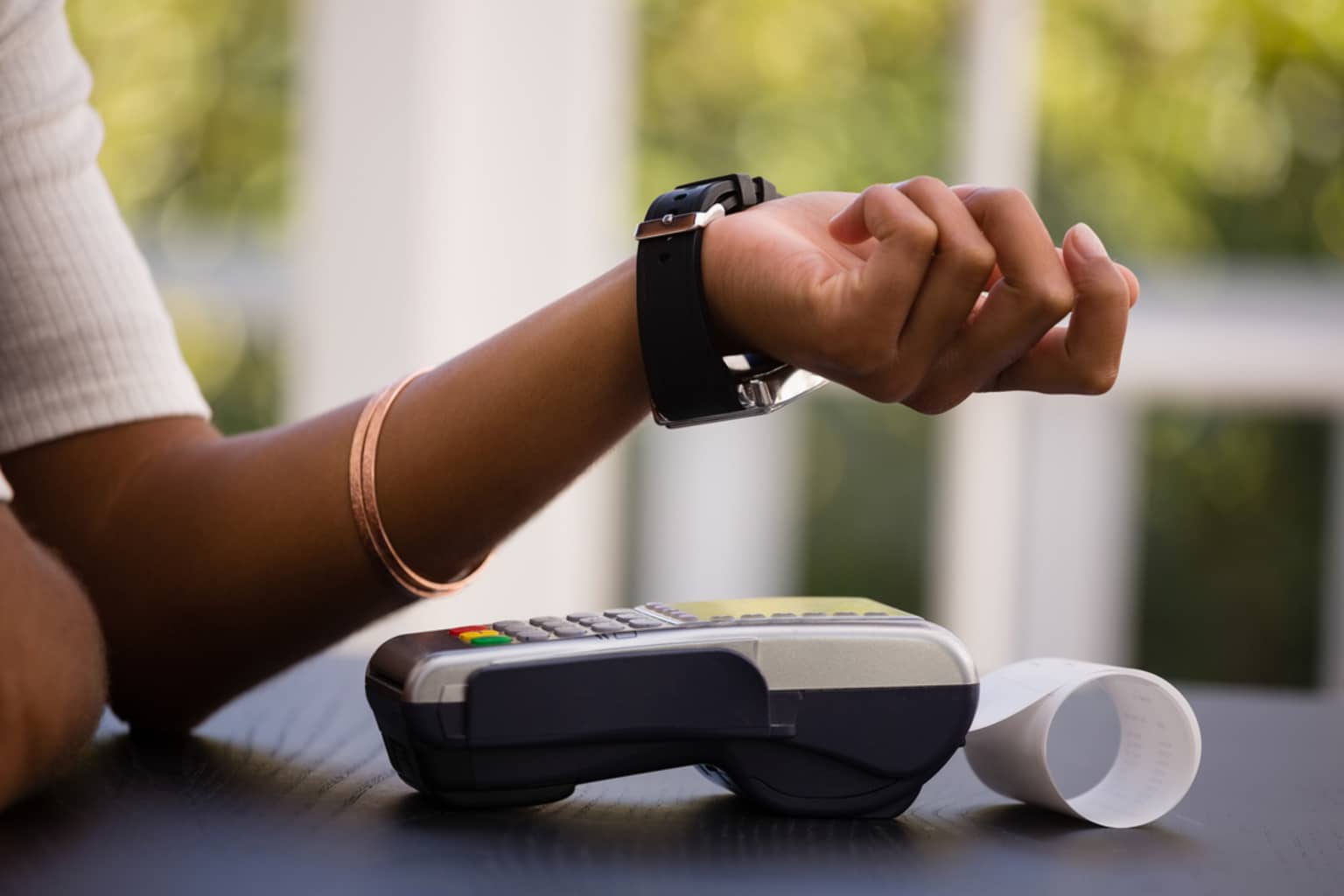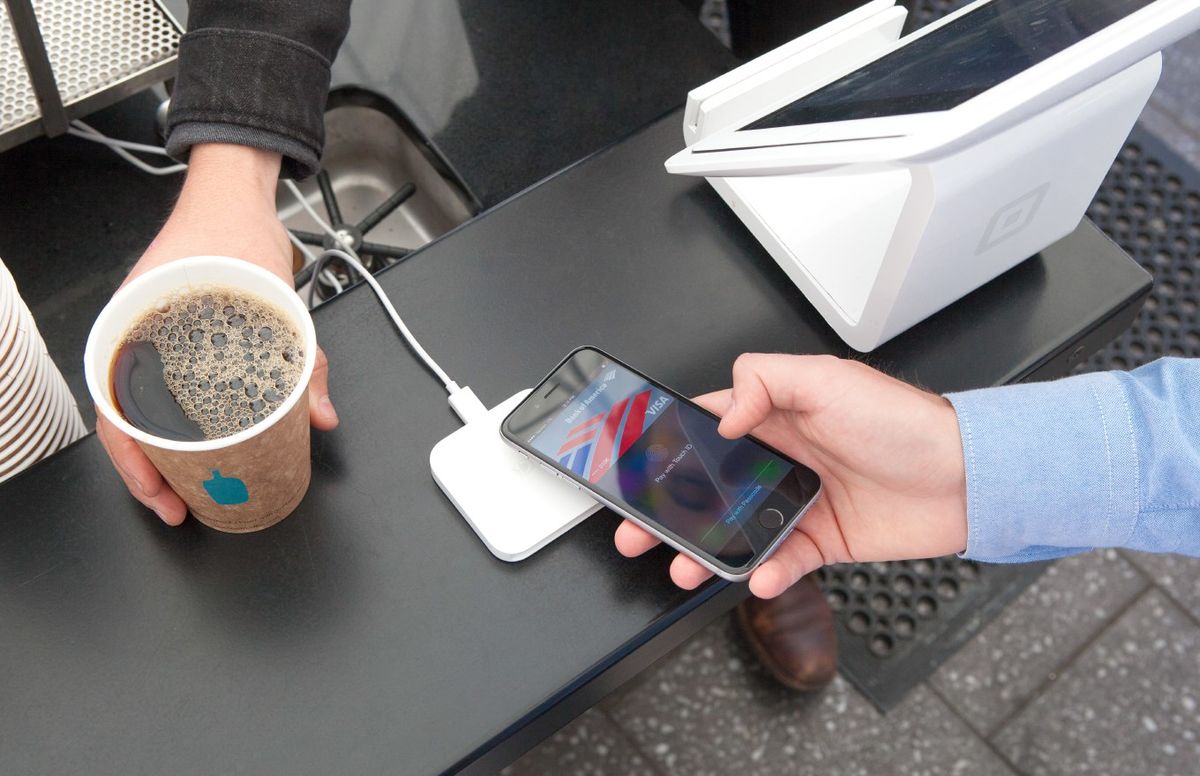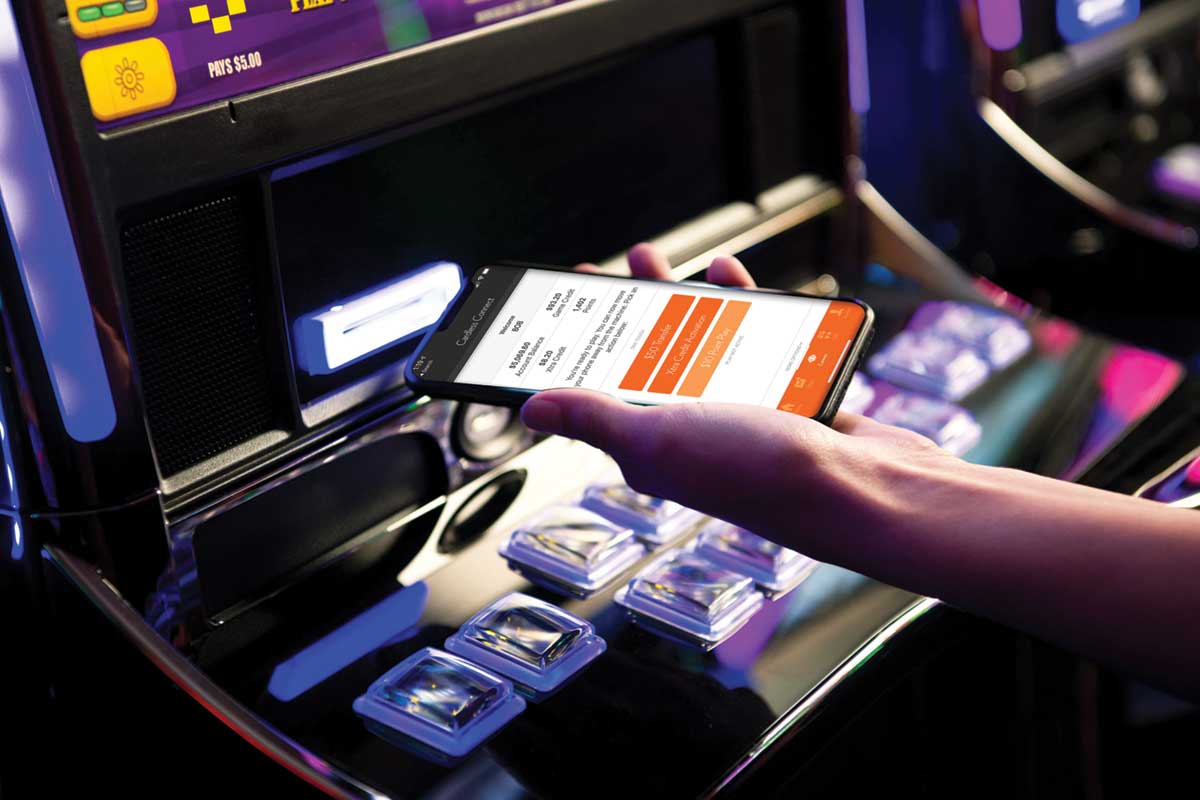Introduction
The concept of bail has long been an integral part of the criminal justice system, allowing individuals accused of a crime to be released from custody while awaiting trial. However, the traditional cash bail system has come under scrutiny for perpetuating inequalities and disproportionately affecting low-income individuals. In response to these concerns, several states, including New York, have introduced cashless bail alternatives to address these issues. This article will delve into the concept of cashless bail in New York, examining its implementation, benefits, and criticisms.
Bail serves as a guarantee that individuals accused of a crime will appear in court for their trial. Traditionally, bail was required to be paid in cash, which posed significant challenges for those who could not afford the hefty amounts. This often resulted in individuals being held in pretrial detention simply because they couldn’t afford bail, regardless of their actual guilt or innocence.
In New York, the traditional cash bail system has been widely criticized for its negative impacts on marginalized communities. Many argue that it perpetuates a cycle of poverty and unfairly targets individuals who are unable to pay. In response to these concerns, New York passed significant criminal justice reform in 2019, including the implementation of cashless bail alternatives.
Understanding Bail
To fully comprehend the significance of cashless bail and its role in criminal justice reform, it’s essential to understand the concept of bail itself. Bail is an amount of money or a form of property that is determined by the court and required to be paid by individuals accused of a crime in order to secure their release from custody while their case moves through the legal system.
The primary purpose of bail is to serve as a guarantee that the accused person will appear in court for their trial. By requiring individuals to provide a financial stake, the court aims to ensure their presence without the need for continued detention. If the accused fails to appear in court as required, the bail amount is forfeited, and a warrant may be issued for their arrest.
Traditionally, bail has been set as a monetary amount that defendants and their families must pay in cash to secure their release. The specific amount is determined based on factors such as the severity of the charges, the defendant’s criminal history, and the perceived flight risk. For those who can afford to pay, this may be a relatively straightforward process. However, for individuals who are economically disadvantaged, the burden of bail can be insurmountable, leading to prolonged periods of pretrial detention.
The cash bail system has attracted criticism for its inequities, as it disproportionately affects low-income individuals and communities. Those who cannot afford to pay face extended periods of incarceration before their trial, often leading to negative consequences, such as loss of employment, housing instability, and disruption to personal relationships. This has raised concerns about the fairness and effectiveness of bail as a mechanism for pretrial release.
Recognizing the flaws of the cash bail system and its impact on the lives of individuals involved in the criminal justice system, jurisdictions have started exploring alternatives, such as cashless bail, to address these issues. Cashless bail offers a potential solution to the problems associated with cash-based bail systems, aiming to provide fairer access to pretrial release for all individuals, regardless of their economic means.
Cash Bail System in NY
Before the implementation of cashless bail alternatives, New York relied heavily on a cash bail system. Under this system, individuals accused of a crime were required to pay a predetermined amount of money in order to be released from custody prior to their trial. The bail amount was typically set by the court and varied based on the severity of the charges and the individual’s perceived flight risk.
The cash bail system in New York faced widespread criticism for its inherent inequities and its impact on low-income communities. Critics argued that the system perpetuated a cycle of poverty, as those who could not afford to pay the bail amount remained in pretrial detention for extended periods, regardless of their guilt or innocence. This compromised the principle of “innocent until proven guilty” and disproportionately affected marginalized individuals.
Furthermore, the cash bail system disproportionately impacted communities of color. Studies have shown that individuals from racial and ethnic minority backgrounds were more likely to face higher bail amounts and longer periods of pretrial detention compared to their white counterparts facing similar charges. This systemic bias exacerbated existing disparities within the criminal justice system.
Recognizing the need for reform, New York lawmakers enacted significant criminal justice reform in 2019, which included reforms to the cash bail system. The reforms aimed to address the inequalities and negative consequences associated with cash bail, particularly for low-income individuals. As a result, New York shifted towards a cashless bail system, joining several other states in implementing bail alternatives.
Under the new system, the court considers factors other than the defendant’s ability to pay when determining pretrial release. This shift away from a cash-based bail system aims to ensure that individuals are not unjustly detained solely based on their economic circumstances. Instead, the court assesses the defendant’s flight risk, the severity of the charges, and public safety concerns in determining whether to release the individual before trial.
It is important to note that not all offenses and individuals are eligible for cashless bail. Serious crimes such as violent felonies or offenses involving domestic violence are generally excluded from cashless bail eligibility. The aim is to strike a balance between reducing reliance on monetary bail and ensuring public safety.
Problems with Cash Bail
While cash bail has been a longstanding practice in the criminal justice system, it is not without its problems. These issues have contributed to the push for alternative methods of pretrial release, such as cashless bail. Here are some of the key problems associated with the cash bail system:
- Inequality: One of the central criticisms of the cash bail system is its inherent inequality. Under this system, those with financial means can secure their release from custody while awaiting trial, regardless of the severity of the charges. On the other hand, individuals who cannot afford the bail amount, often from economically disadvantaged backgrounds, are left to languish in jail. This perpetuates a cycle of poverty and disproportionately affects marginalized communities.
- Prolonged Detention: Cash bail can result in individuals being held in pretrial detention for extended periods, even if they are not a flight risk or pose a danger to society. This can lead to negative consequences such as loss of employment, disruption of family and social relationships, and difficulties in mounting a proper defense. Additionally, pretrial detention has been linked to higher conviction rates and longer sentences, ultimately compromising the fairness of the criminal justice system.
- Bias and Discrimination: Studies have indicated that the cash bail system is marred by racial and socioeconomic biases. Individuals from marginalized communities, particularly people of color, tend to face higher bail amounts compared to their white counterparts for similar offenses. This systemic bias perpetuates existing disparities within the criminal justice system and contributes to the overrepresentation of minority populations in jails and prisons.
- Financial Burden: The financial burden of bail falls disproportionately on low-income individuals and their families. In order to secure their release, defendants often resort to borrowing money or using bail bond services, which come with significant fees and interest rates. This can further exacerbate their financial hardships and perpetuate a cycle of debt.
These problems associated with the cash bail system have sparked a growing movement for reform, with many advocating for alternative methods of pretrial release to address these inequities and ensure a fairer system of justice.
Cashless Bail in NY
In response to the issues and inequalities associated with the cash bail system, New York implemented cashless bail alternatives as part of its criminal justice reform efforts. Cashless bail, also known as non-monetary or risk-based bail, aims to provide a more equitable and just system of pretrial release. Let’s delve into how cashless bail works in New York.
Under the cashless bail system, the court assesses a defendant’s risk level rather than their ability to pay when deciding whether to release them before trial. This risk assessment takes into account factors such as the nature and severity of the charges, the defendant’s criminal history, and the potential flight risk or danger they may pose to the community. Based on the evaluation, the court may order the defendant’s release on their own recognizance or impose non-financial conditions that ensure their appearance at future court dates.
By shifting away from monetary bail, cashless bail seeks to address the inequalities perpetuated by cash-based systems. It helps prevent individuals from being incarcerated solely due to their inability to pay, allowing for the presumption of innocence and fair treatment throughout the legal process.
Moreover, cashless bail aligns with the principle that pretrial detention should be reserved for individuals who pose a high risk of flight or danger. This system reduces the reliance on money as a determinant for release and instead focuses on the potential risks associated with each defendant’s case.
It is important to note that not all individuals or offenses are eligible for cashless bail. Serious crimes like violent felonies or those involving domestic violence generally do not qualify for non-monetary release. The exclusion of these offenses helps ensure public safety while still providing a more equitable approach to pretrial release.
In addition to promoting fairness and addressing socio-economic disparities, cashless bail also aims to alleviate the financial burden placed on defendants and their families. By removing the need for upfront payment of bail amounts, individuals can avoid the high costs associated with bail bonds or accumulating debt in order to secure release.
Overall, the implementation of cashless bail in New York represents a significant step towards reforming the criminal justice system. It acknowledges the flaws of the cash bail system and seeks to create a more equitable and effective approach to pretrial release, ensuring that individuals are not unduly detained or disadvantaged based on their economic circumstances.
How Does Cashless Bail Work?
Cashless bail, also referred to as non-monetary or risk-based bail, operates on the principle of assessing a defendant’s risk level rather than their ability to pay when determining their pretrial release. Here is an overview of how cashless bail works in practice:
1. Risk Assessment: When a defendant appears before the court for a bail hearing, a risk assessment is conducted to evaluate their likelihood of flight or posing a danger to the community. This assessment takes into account factors such as the severity of the charges, the defendant’s criminal history, ties to the community, and any potential flight risk indicators.
2. Release on Recognizance: If the risk assessment determines that the defendant poses a low risk, the court may release them on their own recognizance (ROR). This means that the defendant is released from custody without having to post any monetary bail or collateral. However, they are still required to appear for all court proceedings as mandated by the court.
3. Non-Financial Conditions: In some cases, the court may impose non-financial conditions on the defendant to ensure their appearance at future court dates. These conditions can include regular check-ins with a pretrial services officer, travel restrictions, electronic monitoring, or participation in substance abuse programs or counseling. The specific conditions are tailored to the individual and the circumstances of the case.
4. Supervised Release: In situations where the defendant is assessed to have a moderate risk level, the court may decide to release them under supervised conditions. This involves the defendant being closely monitored by a pretrial services officer who ensures compliance with court-ordered conditions and monitors their activities to mitigate any potential risks.
5. Bail Revocation: If a defendant fails to comply with the conditions of their release or poses a significant flight or safety risk, the court may revoke their cashless bail and order them back into custody. This ensures that public safety is not compromised and that defendants adhere to the terms of their release.
It’s important to note that cashless bail is not a guarantee of release for all defendants. Serious offenses such as violent felonies or those involving domestic violence typically do not qualify for cashless bail eligibility due to the potential risk they pose to public safety. Each case is assessed individually, taking into account the unique circumstances and factors surrounding the arrest.
By prioritizing risk assessments and non-financial conditions, cashless bail aims to provide a fairer and more effective system of pretrial release. It helps minimize the reliance on financial means while ensuring that individuals are not unduly detained or released without appropriate safeguards in place.
Eligibility for Cashless Bail
While cashless bail aims to provide a more equitable system of pretrial release, not all individuals and offenses are eligible for non-monetary bail. Eligibility criteria for cashless bail in New York are determined based on various factors, including the nature and severity of the charges and the perceived risk posed by the defendant. Here are some key considerations regarding eligibility for cashless bail:
1. Offense Classification: Serious offenses such as violent felonies or those involving domestic violence are generally excluded from cashless bail eligibility. These offenses are typically considered to pose a higher risk to public safety, and therefore the court may opt for monetary bail or continued detention to ensure the defendant’s appearance at trial.
2. Risk Assessment: The court conducts a risk assessment to evaluate the potential flight risk and danger to the community posed by the defendant. Factors such as the severity of the charges, criminal history, ties to the community, and flight risk indicators are taken into account. Defendants deemed to have a low or moderate risk level may be eligible for cashless bail.
3. Flight Risk Considerations: The court considers various factors when determining the defendant’s flight risk, including their ties to the community, employment history, family support, and prior history of failing to appear in court. This assessment helps ensure that individuals who are likely to appear for their trial are given the opportunity for non-monetary release.
4. Public Safety Concerns: The court also assesses the potential danger or risk to public safety posed by the defendant. Factors such as the nature of the charges, any prior history of violence or harm to others, and any pending charges or warrants are taken into consideration. If the court believes there is a significant risk to public safety, cashless bail may not be granted.
It is important to note that eligibility for cashless bail is determined on a case-by-case basis. The court carefully evaluates each defendant’s circumstances and the specific details of the case to make an informed decision. The primary goal is to balance the principles of fairness, public safety, and the defendant’s rights throughout the pretrial process.
By applying eligibility criteria to cashless bail, the system aims to strike a balance between reducing reliance on monetary bail and ensuring the safety of the community. This approach ensures that non-monetary release is granted to individuals who pose a low risk while minimizing the potential for flight or danger to society.
Benefits of Cashless Bail
The implementation of cashless bail as an alternative to the traditional cash-based system offers several benefits that aim to promote fairness, reduce inequalities, and improve the overall efficiency of the pretrial process. Here are some of the key benefits of cashless bail:
1. Equitable Access to Pretrial Release: Cashless bail helps address the inequalities inherent in the cash-based system. It ensures that individuals are not detained solely based on their inability to pay bail, promoting a more equitable approach to pretrial release. This helps prevent the unjust incarceration of low-income individuals and reduces the negative consequences associated with prolonged pretrial detention.
2. Presumption of Innocence: Cashless bail aligns with the principle that individuals should be presumed innocent until proven guilty. By removing the requirement for monetary payment, the system avoids unjustly punishing defendants who cannot afford bail and allows them to maintain their freedom while their case progresses through the legal system.
3. Reduced Financial Burden: The implementation of cashless bail alleviates the financial burden placed on defendants and their families. By eliminating the need for upfront payment of bail, individuals can avoid the high costs associated with bail bonds or accumulating debt. This prevents the perpetuation of financial hardships and allows defendants to focus on preparing their defense.
4. Improved Court Efficiency: Cashless bail can help improve the efficiency of the court system by reducing the number of individuals held in pretrial detention. With fewer people detained, court resources can be utilized more effectively, allowing for faster and more streamlined proceedings. This benefits not only the defendants but also the court staff, prosecutors, defense attorneys, and other stakeholders involved in the process.
5. Fair Treatment for Vulnerable Populations: Cashless bail reduces the disparities faced by marginalized communities, including people of color and low-income individuals. By shifting the focus to risk assessments rather than financial means, the system ensures that individuals are not unfairly detained or subjected to extended periods of pretrial incarceration solely due to their socioeconomic status.
6. Encouraging Court Appearance: Cashless bail promotes higher rates of court appearance by providing non-monetary incentives and conditions to ensure defendants comply with their legal obligations. By tailoring conditions to the individual’s circumstances, such as regular check-ins or mandatory counseling programs, the likelihood of defendants attending court proceedings as required is increased.
Overall, the adoption of cashless bail offers numerous advantages over the traditional cash-based system. It promotes fairness, reduces disparities, and enhances the efficiency of the pretrial process, all while upholding the core principles of the criminal justice system.
Criticisms of Cashless Bail
While cashless bail has been implemented as a means to address the inequalities and flaws of the cash-based system, it is not without its criticisms. Critics argue that cashless bail alternatives also have their limitations. Here are some of the key criticisms of cashless bail:
1. Potential Safety Concerns: One of the primary concerns raised by critics is the potential risk to public safety. By allowing defendants to be released without providing a monetary incentive for their appearance in court, there is a possibility that individuals with high risk levels may fail to comply with their release conditions, potentially posing a danger to the community.
2. Subjectivity of Risk Assessments: Risk assessments, which play a pivotal role in determining eligibility for cashless bail, have faced criticism for being subjective and prone to bias. Critics argue that relying on individual assessments may result in inconsistent and potentially unfair decisions, as interpretations of risk may vary among different judges or evaluators.
3. Underestimating Flight Risks: Concerns have been raised that cashless bail may underestimate the risk of flight among defendants. Without the monetary incentive, individuals deemed to have a moderate risk level may still be more likely to abscond. This can hinder the effectiveness of the pretrial release system and compromise the principle of ensuring defendants’ appearance at future court dates.
4. Effectiveness in Addressing Inequalities: Critics argue that cashless bail may not effectively address the underlying socioeconomic disparities that exist within the criminal justice system. While it eliminates the direct impact of monetary bail, critics contend that other socioeconomic factors, such as access to legal representation and support systems, still can impact the ability of certain individuals, particularly those from marginalized communities, to navigate the pretrial process.
5. Limited Availability of Support Services: Cashless bail often relies on the provision of non-financial conditions, such as pretrial supervision or counseling programs. However, critics argue that the availability and quality of these support services may vary significantly. Insufficient access to resources can undermine the effectiveness of cashless bail and hinder defendants’ ability to comply with their release conditions.
It is important to consider and address these criticisms when implementing and refining cashless bail systems. These concerns highlight the need for ongoing evaluation and improvement to ensure that the goals of fairness, public safety, and reduced disparities are effectively achieved.
Conclusion
The implementation of cashless bail alternatives in New York is a significant step towards reforming the criminal justice system. By shifting away from the cash-based bail system, cashless bail aims to address inequalities, promote fairness, and improve the efficiency of the pretrial process. It provides a more equitable approach to pretrial release, ensuring that individuals are not unjustly detained based on their inability to pay bail.
Cashless bail offers various benefits, including equitable access to pretrial release, reduced financial burden on defendants and their families, and improved court efficiency. It aligns with the principle of presumption of innocence while prioritizing risk assessment and non-monetary release conditions. However, cashless bail is not without its criticisms, including concerns about potential safety risks, subjectivity of risk assessments, and the effectiveness in addressing underlying socioeconomic disparities.
As states continue to explore and refine cashless bail systems, it is crucial to address these criticisms and ensure ongoing evaluation and improvement. This includes establishing clear guidelines and protocols for risk assessment, providing access to necessary support services, and regularly reviewing and updating eligibility criteria. By doing so, cashless bail can strive to achieve its goals of fairness, public safety, and reduced disparities effectively.
Moving forward, it is crucial to strike a balance between ensuring the appearance of defendants in court and protecting public safety. By continually refining cashless bail systems and addressing the criticisms, the criminal justice system can create a more just and equitable approach to pretrial release. Emphasizing the principles of fairness and equal treatment for all individuals, regardless of their socioeconomic status, is essential in building a more efficient and effective criminal justice system.










